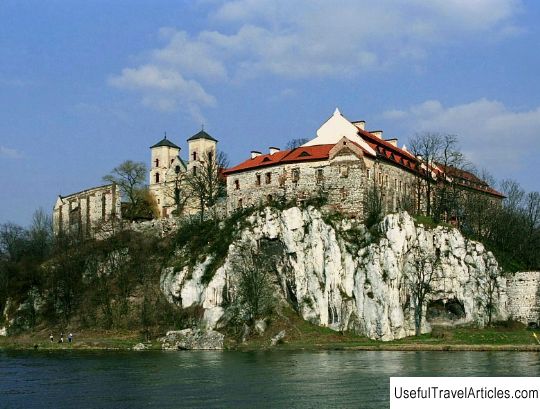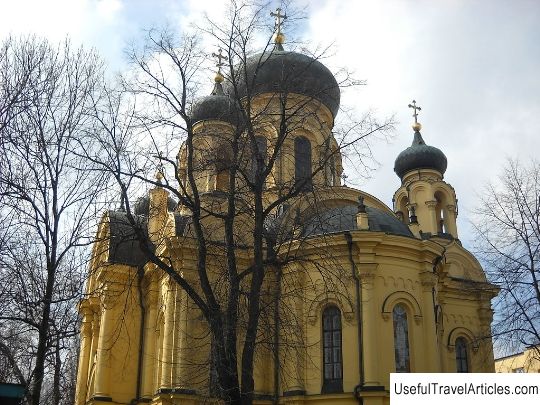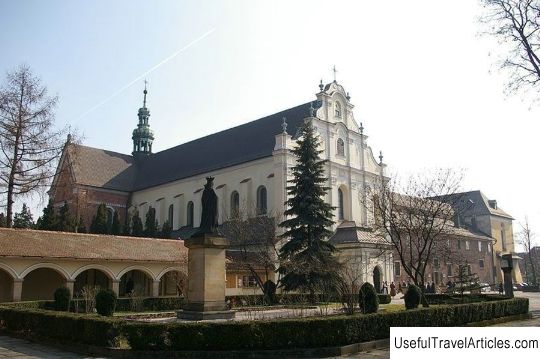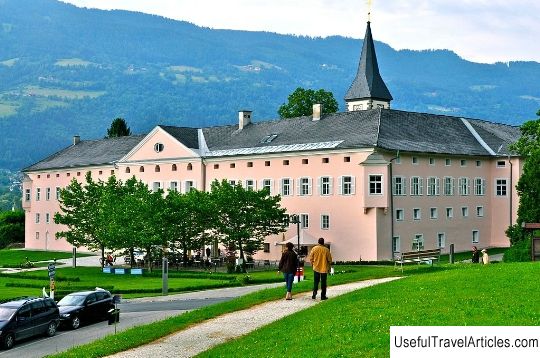Benedictine monastery in Tynets (Klasztor Benedyktynow w Tyncu) description and photos - Poland: Krakow

Benedictine monastery in Tynets (Klasztor Benedyktynow w Tyncu) description and photos - Poland: Krakow. Detailed information about the attraction. Description, photographs and a map showing the nearest significant objects. The name in English is Klasztor Benedyktynow w Tyncu. Photo and descriptionBenedictine Abbey in Tynz is a monastery located near the Polish city of Tynz, 13 km southwest of Krakow. The abbey, which is one of the oldest in Poland, is located on a high limestone cliff on the right bank of the Vistula. The monastery was founded in 1044 by Casimir I. The first abbey of the abbey was Aaron, a bishop from Krakow, who post, initiated the reform of church structures in Poland. In the second half of the 11th century, a Romanesque church appeared in the monastery. Later, other monastery buildings were built. The abbey became one of the richest monasteries in Poland. In the 12th and 13th centuries, the monastery survived the attack of the Tatars and Czechs. In 1241 it was almost completely plundered. In the following centuries, the abbey was reconstructed several times: first in the Gothic style in the 15th century, later in the Baroque and Rococo styles. The church was expanded and new buildings appeared. In the 16th century, the monastery experienced economic and cultural flourishing. The library was created and significantly expanded, some buildings were rebuilt, the adjacent territories were put in order. During the partition of Poland and the loss of its independence, the monastery became a center of resistance to the Russian troops. The defensive struggle caused serious damage to the monastery. In 1816, the abbey was completely closed. From 1821 to 1826, Bishop Gregory Thomas Ziegler took over the care of the abbey, and from 1844 the monastery church began to be used as a parish. After the end of World War II, the abbey was severely destroyed. restoration work began in 1947. On May 8, 1991, a publishing house appeared in the abbey, which publishes books on religious topics.      We also recommend reading Museum of the history of aircraft engine building and repair description and photos - Russia - Leningrad region: Gatchina Topic: Benedictine monastery in Tynets (Klasztor Benedyktynow w Tyncu) description and photos - Poland: Krakow. |




